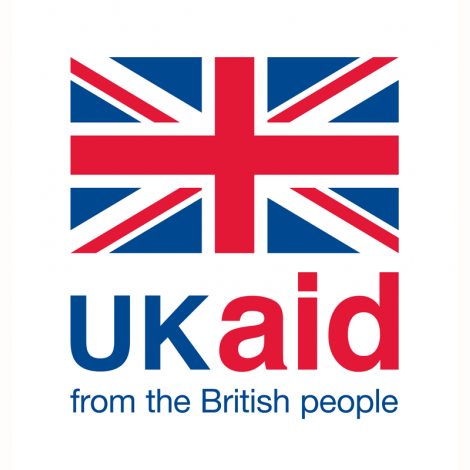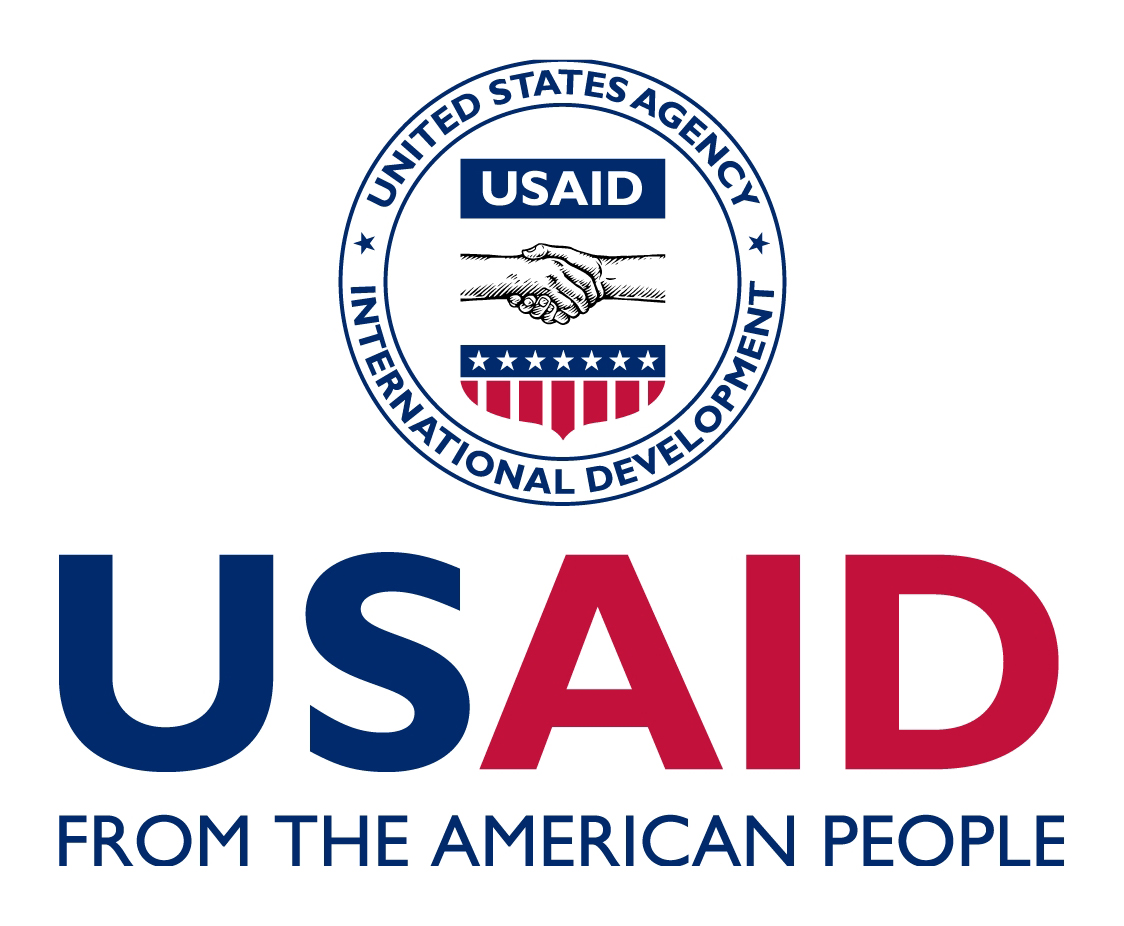Health Care Services for Vulnerable Populations
AND INTERNALLY DISPLACED PERSONS IN THE KASAIThe Kasai Crisis
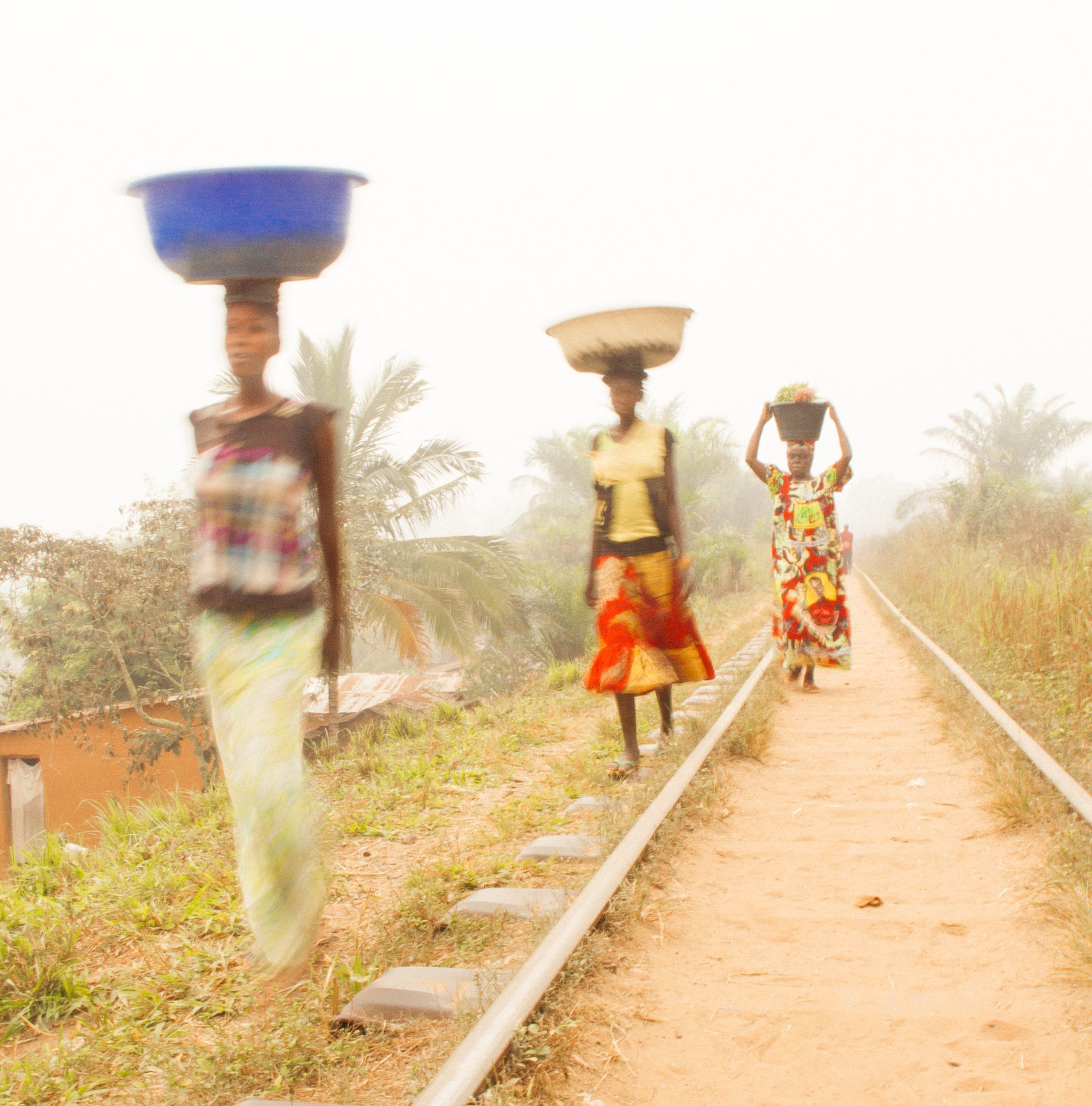
When fighting broke out in the Kasai region of DRC leaving 1.4 million internally displaced persons, or IDPs, years of development work were at risk of being undone in an instant. IMA and its partners had dedicated four years to strengthening and supporting the health system in Kasai and Kasai Central provinces through the Access to Primary Health Care program, known locally as ASSP. One of the largest concerns was the influx of humanitarian organizations creating parallel health service delivery systems that would provide short term care in temporary health structures run by foreign health workers, leaving the web of local workers and structures to decay for lack of use.
From September 1, 2017 to June 15, 2018 the program targeted 16 health zones experiencing 25 percent or more of population displacement for an estimated target population of 1,689,561, including approximately 1,309,850 IDPs.
1,000,039
The number of patients seen (1,000,039) was over one and a half times the target number of patients (650,000).
Our approach to crisis response
IMA, in partnership with the Office of U.S. Foreign Disaster Assistance and implementing partner, Sanru, sought to change the paradigm of meeting primary health care needs in a crisis situation by building off the foundation that was constructed through its development work and elevating support for the health system that was already in place. This was done by reimbursing health centers for patient fees and providing primary health care service free of charge at local community health centers, allowing local health workers to continue receiving salaries and health centers to keep functioning. This will also allow for a seamless transition back to normal functioning once the crisis has ended.
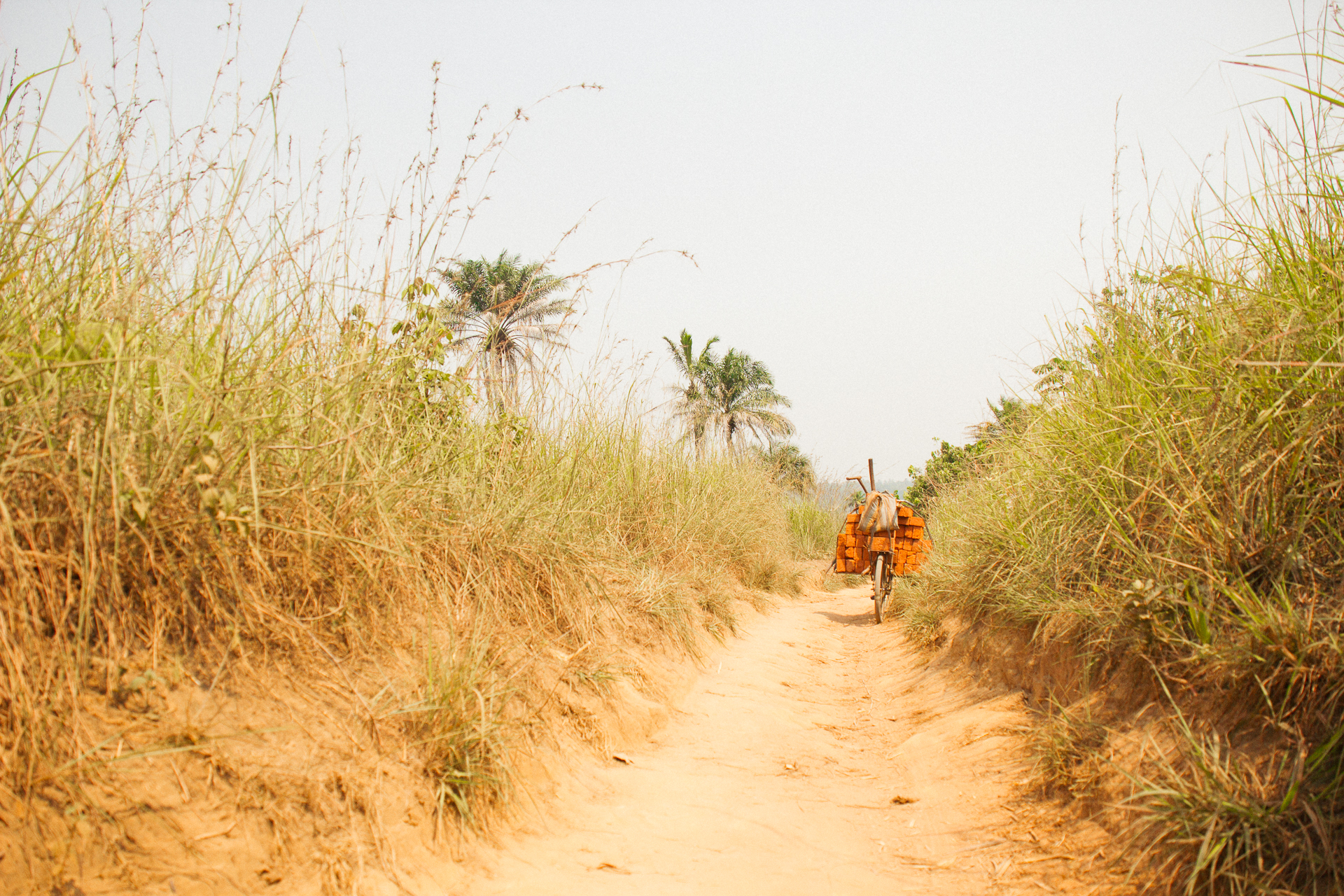
Key Achievements
Needs Assessment
Following the award of this project, needs assessments were finalized and preparations for free healthcare in the selected health areas began, with free services provided in the 125 health areas from October 2017 through April 2018.
Utilization Rate: 100%
The number of consultations significantly exceeded the project target. The initial target was a service utilization rate of 75%, but cumulatively the utilization rate reached close to 100%; demand was much higher than originally anticipated.
Over 1 million treated
Over the 7-month period of free service provision, 1,000,039 new patients receiving treatment in the 125 health areas were recorded in the national health information system through DHIS2.
Communicable Diseases
Communicable disease targets were also exceeded, with diagnosis and treatment of diarrhea provided to over 93,000 patients (target of just over 35,000), over 560,000 patients for malaria (target of just under 257,000), and over 152,000 patients with acute respiratory infections (target of 20,537).
Continued Support
A decrease in the number of health areas supported (from 125 to 83) was initially planned for the second half of the project; however, in collaboration with OFDA DRC, it was decided that all 125 health areas should continue receiving support.
Reproductive Health
All reproductive health targets were met or exceeded: pregnant women attending at least two antenatal visits totaled 40,108 (target 39,030). There were 44,864 assisted deliveries over the life of the project (target 34,585) with 40,670 receiving postnatal care within 3 days of delivery (target 38,846). The number of cases of sexual violence treated was 197 (target 194).
Increasing Access to Health Care
Read more about how ASSP is contributing to improved health by increasing access to health care.
read more about our work to promote the status of women in the drc
Publications
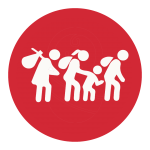
Humanitarian Response
Health Care Services for Vulnerable Populations and Internally Displaced Persons – September 2019 (English version) (version française)
In the Kasai crisis response, a priority on local health services – June 2018 (news article)
QUICK CONTACTS
Recent Posts
Quarter 1 Results
Number of pregnant women who received three doses of IPT while attending antenatal care: 58,495Number and percentage of 1-yr-old children vaccinated against measles: 78,123Number of Couple Years of Protection (CYPs) achieved through family planning service provision:...
Saved by my Son: A Tushinde Ujeuri Success Story
"The support from the Tushinde program has restored my will to live." Tushinde Ujeuri Project brings hope to one survivor of sexual and gender-based violence in DRC It was mid afternoon, and my 10 year-old son and I were walking home from working in the fields. When...
Combatting Malnutrition in DRC: A Nutrition Success Story
Community relays in Ndesha, Kasai Central are successfully combatting malnutrition in the DRC thanks to ASSP's nutrition training. Combatting Malnutrition One Maman at a TimeMado Betu was a young child of two years and four months but was frail and unable to walk when...
